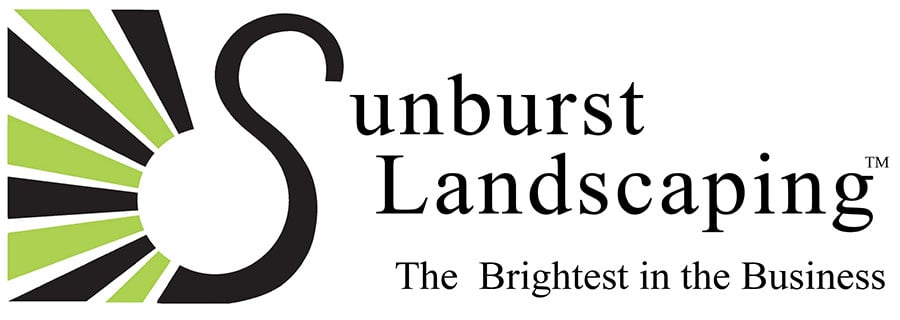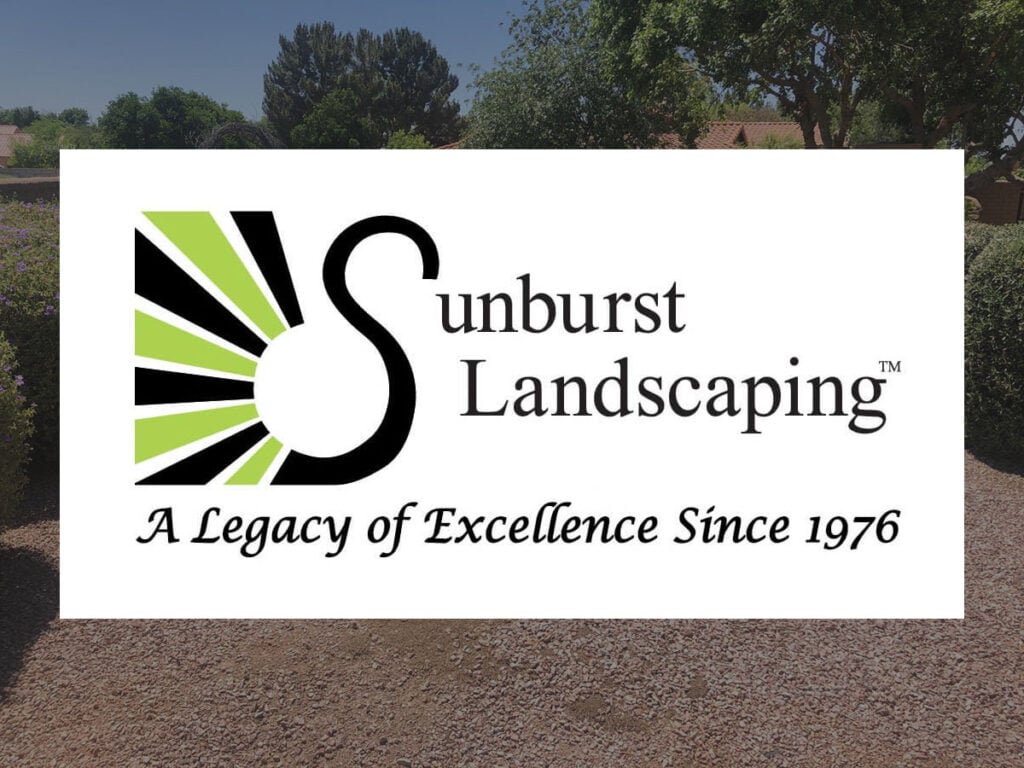More Phoenix-area school districts are installing artificial-turf football fields to save money in the long run, but the high up-front costs have prevented many schools from jumping on the trend.
This past year, the Paradise Valley Unified School District installed artificial-turf football fields at Horizon, North Canyon, Pinnacle and Shadow Mountain high schools. The district’s fifth high school, Paradise Valley, has had an artificial-turf field for several years.
The district spent about $5.8 million from a bond approved by voters in 2011.
Corey Newland, the Paradise Valley district athletic director, said the lighting and sound systems also were upgraded. In addition, extra rubber infill was added to the field at Paradise Valley High to extend the life of its turf, and the district bought a Zamboni-like machine that vacuums the surfaces.
“At three of the schools, we would have had to do serious repair of the irrigation that would have cost up to $300,000 per site to get those up to speed,” Newland said. “They were archaic and had never been updated since the schools were built.”
In 2012, Xavier College Preparatory campus in central Phoenix opened a sports complex that features a more than 90,000-square-foot all-turf field marked for soccer, lacrosse and softball.
In comparison, the Phoenix Union High School District has no fields with artificial turf and has not set aside funds in the current bond to do so in the near future, said Patrick Prince, the district’s facilities and construction manager.
“We considered an artificial football field for (Betty) Fairfax before it opened in 2007, but could not afford it due to the tight construction budget to build the school,” he said.
District spokesman Craig Pletenik said that providing a field for some schools and not others would present an equality issue for Phoenix Union, the largest high-school district in the state.
Cost savings
The biggest incentive to add artificial turf is the long-term savings.
Paradise Valley district officials predict they will save $131,000 a year by not having to water, fertilize, mow and maintain five grass football fields. That savings comes out of the district’s operating budget, which pays for teachers and classroom programs.
The artificial-turf fields will save about 16 million gallons of water per year, the district predicts.
Scottsdale Unified School District has two high schools with artificial fields — Chaparral and Arcadia — and had predicted it would save about 900,000 gallons of water a year, but it has actually saved 2.5 million gallons. That translated into a savings of about $29,000 from the operating budget, according to Greg Skelton, grounds development lead for the district.
“Actually it’s been a lot better than we expected it in the beginning,” he said of the maintenance. “We spend about an hour and a half every three weeks grooming the fields. We’re no longer painting lines because that’s woven into the fabric.
“Without the painting, mowing, repairs of sprinklers and everything else, that savings is around $11,800 a year.”
Access to the fields is another plus.
“You can use these 365 days a year,” Newland said, unlike grass fields, which deteriorate and need time to recover from frequent use. Paradise Valley is hoping to turn that extra time into money by renting the fields more frequently this year.
One drawback is that artificial turf can get very hot in the sun. Most fields are equipped with sprinklers to cool them down, but that makes it humid. Skelton said that Arcadia and Chaparral play hot-weather games at night, when the surface has cooled, and practice during the day on grass fields.
Artificial fields are made of fibers over a filling of ground-up rubber and sand.
Health scare in past
A few years ago, health questions were raised when the New Jersey Department of Health found high levels of lead in some synthetic fields. A report by the U.S. Centers for Disease Control last month found that those fields were old and the fibers were shredded, and that newer fields made of polyethylene fibers, like those in Paradise Valley, had very low lead content. Mesh on the newer field prevents the filling from flying out, which was an issue with the older fields.
While synthetic fields can produce savings, the big upfront cost — about $800,000 or more — can be a deterrent.
Prince said while the synthetic fields may save districts money in the long run, Phoenix Union officials still consider them to involve quite a bit of maintenance, including raking the granules and watering during the summer to decrease temperatures.
Phoenix Union officials said they aren’t sure those savings are significant enough to ask voters to support a bond funding a field considering other priorities in the district, Pletenik said.
“It’s just a matter of a community’s priorities and whether that makes sense for them,” he said.
However, Pletenik said Phoenix Union could be missing out on money by not having artificial-turf fields.
“The larger community may actually benefit from it, because you can now allow more people to come in and use the facility for various reasons,” he said.
By Mary Beth Faller and Eugene Scott
The Republic | azcentral.com



